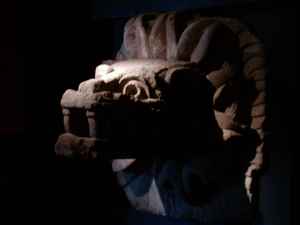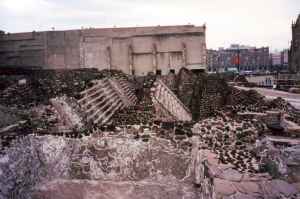
Fact: Most Aztecs were actually defeated by disease, not war.
While many may attempt to claim that the Spaniards beat the Aztecs through military brilliance, this could not be further from the truth. In fact, the original attacks of the Spanish were thoroughly rebuffed and they had to beat a hasty retreat. The Aztecs actually had a fairly good chance at beating the Spanish and the overall war was a fairly close one. It can be easily said that if not for the smallpox contracted from the Europeans that wiped out so many of them, especially their leaders, that it is extremely unlikely they would have fallen to the Spanish. The amount of harm caused by European diseases was tremendous, it is estimated that over twenty million Mexicans died in a period of just five years due to the diseases brought over by the Spanish.
http://listverse.com/2013/02/21/10-fascinating-facts-about-the-aztecs/






